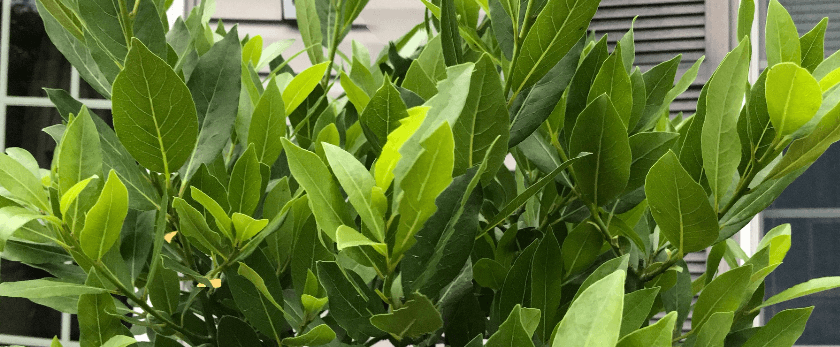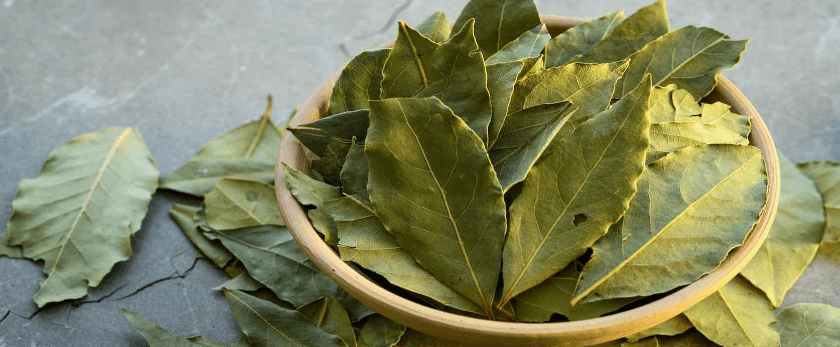Bay leaves, also known as laurel leaves, are a popular herb used in cooking for their distinct flavor and aroma. But did you know that you can easily grow your own bay leaves at home? Not only is it a cost-effective way to have a constant supply of fresh bay leaves, but it also allows you to reduce your carbon footprint by growing your own herbs instead of buying them from the store. In this article, we will discuss how to grow bay leaves and some common problems you may encounter.
How to Care for Bay Leaves
Watering
Bay leaves prefer well-draining soil, so it's important to not overwater them. Water your bay leaves when the top inch of soil is dry. You can check this by sticking your finger into the soil. If it feels dry, it's time to water. Make sure to water the soil directly and avoid getting water on the leaves, as this can cause fungal diseases. During the winter months, reduce watering to once every two weeks.
Light
Bay leaves thrive in full sun to partial shade. If you're growing them indoors, place them near a south-facing window where they can get at least 6 hours of sunlight per day. If you're growing them outdoors, make sure to choose a spot that gets morning sun and afternoon shade. Too much direct sunlight can cause the leaves to wilt and turn yellow.
Soil
As mentioned earlier, bay leaves prefer well-draining soil. You can use a potting mix specifically designed for herbs or make your own by mixing equal parts of potting soil, perlite, and sand. This will ensure that the soil is well-draining and has enough nutrients for your bay leaves to thrive.
Fertilizer
Bay leaves don't require a lot of fertilizer, but you can give them a boost by using a balanced fertilizer once a month during the growing season. Make sure to dilute the fertilizer to half strength to avoid burning the roots. You can also use organic fertilizers such as compost or worm castings.
Pruning
Pruning is an important part of caring for bay leaves. It not only helps to maintain the shape of the plant but also encourages new growth. You can prune your bay leaves by pinching off the tips of the stems or cutting back any dead or damaged leaves. It's best to prune in the spring before new growth appears.

What is the Best Time to Grow Bay Leaves?
The best time to grow bay leaves is in the spring or fall when the temperatures are mild. If you live in a colder climate, it's best to grow bay leaves in containers so you can bring them indoors during the winter months. Bay leaves are hardy in USDA zones 8-11, but they can also be grown as an annual in colder zones.
Common Problems with Bay Leaves
Pests
Bay leaves are relatively pest-free, but they can occasionally be attacked by aphids, mealybugs, and scale insects. You can control these pests by spraying your bay leaves with a mixture of water and dish soap. If the infestation is severe, you can use an organic insecticidal soap or neem oil.
Diseases
The most common disease that affects bay leaves is powdery mildew. This fungal disease appears as a white powdery substance on the leaves and can be caused by overwatering or high humidity. To prevent powdery mildew, make sure to water your bay leaves from the bottom and avoid getting water on the leaves. You can also use a fungicide to treat the disease.
Yellowing Leaves
If your bay leaves are turning yellow, it could be a sign of overwatering or nutrient deficiency. Make sure to check the soil moisture before watering and adjust your watering schedule accordingly. If the soil is dry, it could also be a sign of nutrient deficiency. You can use a balanced fertilizer to provide your bay leaves with the necessary nutrients.
Conclusion
Growing bay leaves is a rewarding and eco-friendly activity that can provide you with fresh herbs for your cooking needs. By following the care tips mentioned in this article, you can ensure that your bay leaves thrive and stay healthy. Remember to prune your bay leaves regularly and keep an eye out for any pests or diseases. With a little bit of effort, you can have a constant supply of fresh bay leaves right at your fingertips. Happy growing!










